Putty's and gap fillers are designed for filling gaps, cracks and holes on and between surfaces.
Use a rigid gap filler for cracks and holes in flat surfaces such as walls and ceilings.
Flexible Fillers are perfect for filling gaps and cracks between surfaces such as between skirting boards.
If you are a homeowner, you’ve probably come across a few gaps and cracks around your house. Putties and gap fillers are designed for filling these gaps, cracks and holes on and between surfaces.
But there are a number of factors to consider when choosing the right gap filler – indoor or outdoor, what the surface area is like, and is colour matching really important?
Between the Wall & Skirting Boards
For gaps or cracks between the wall and skirting boards, cornices or window and door frames inside your home, look at the No More Gaps Interior range. These flexible fillers accommodate building movement without cracking or damaging other surfaces.
In damp or humid areas, other than for gaps around baths, sinks, and in showers, use No More Gaps Bathroom & Kitchen. This water-resistant filler also contains a fungicide to protect against mould.
For Timber Flooring & Panels
When covering up gaps, cracks, and holes on interior timber flooring and panels, choose No More Gaps Timber Floors. The addition of real wood fibres means this filler can be sanded and stained once dry.
For Bricks & Mortar
No More Gaps Bricks and Mortar and No More Gaps Exterior work well at closing gaps and cracks in bricks and masonry. Both are flexible, so allow for building movement, and can be used on interior and exterior surfaces without weathering.
Use the filters to find the perfect fillers for your next DIY project, whether you’re working inside or outside your home.

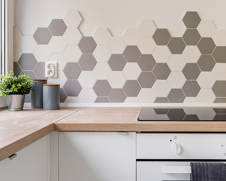
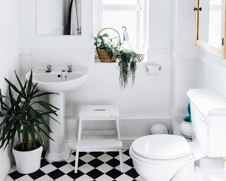
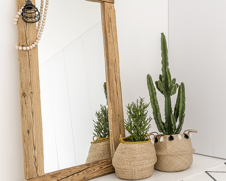

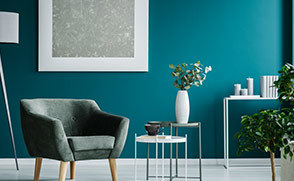
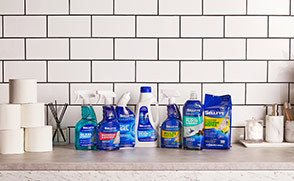
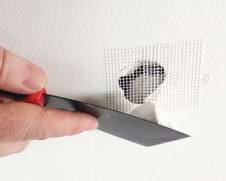

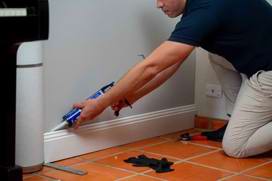
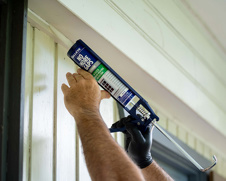
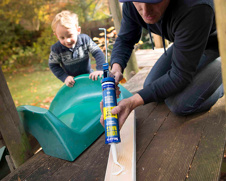
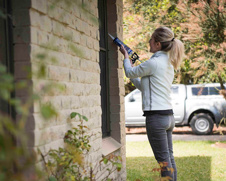
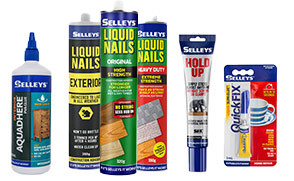
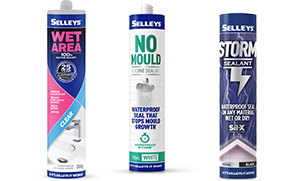
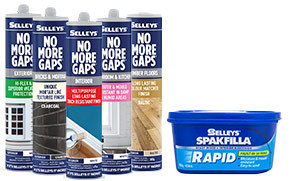
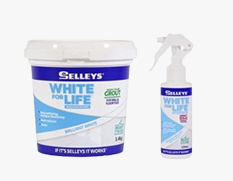
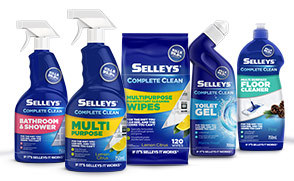
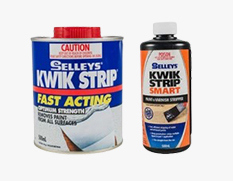
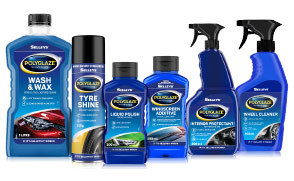
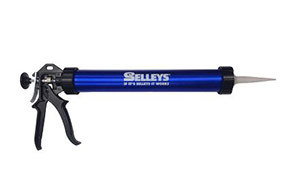

Share
Share this product with your friends